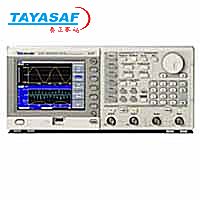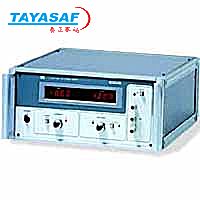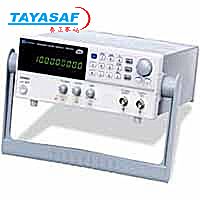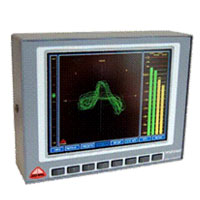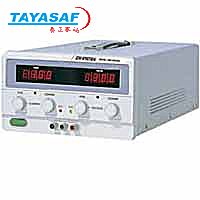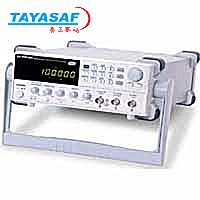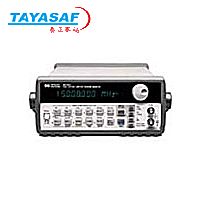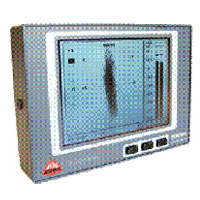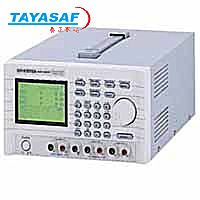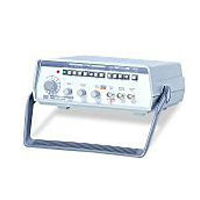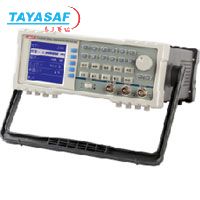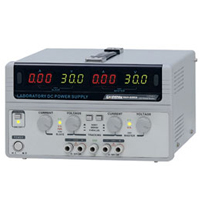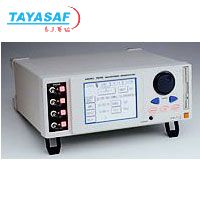BNC6010数字延迟脉冲发生器
添加时间:2010-11-25 编辑:607 阅读:次
- 产品名称:BNC6010数字延迟脉冲发生器
- 产品定货号:ME-07232-00
BNC6010数字延迟脉冲发生器
Model 6010 Light Pulse Generator
Features
• 20 MHz Repetition Rate
• Power output: 5 µW - 300 nW
• Spectral Band Width: up to ±30 nm
The Model 6010 Light Pulse Generator is a new type of light generator that offers the versatility and functions found previously only in electrical pulse generators. With this instrument you can control and vary pulse repetition rate, pulse width, pulse delay and peak light power level.
The Model 6010 is both a light pulse generator and a stabilized (steady state) light source. It can operate in both pulse and CW modes for applications in digital, analog, time or amplitude domain testing. It offers continuously variable pulse rate, pulse width, pulse delay and power level control. A double pulse mode, which provides two light pulses whose spacing is variable, is useful for pulse pair resolution, system response, and general purpose timing tests. In the external trigger mode, the output light pulse follows the rate of an incoming data train. In the external drive mode, the light pulse follows both the rate and width of an incoming wave. Operating at either 660 nm (Model 6010A), 820 nm (6010B), 560 nm (6010C), 490 nm (6010D), 850nm (6010E), or 1300 nm (6010F) the Model 6010 has the capability of producing linear, stabilized light in both pulse and CW modes.
The Model 6010's light generating circuits consist of an LED source, LED driver and an optical feedback loop. In the stabilized mode, the output light level is sampled and sensed by the optical feedback loop and photodiode. Any fluctuations of light power due to temperature or duty cycle effects are sensed by the photodiode circuits and corrected by the LED driver circuitry. In the high speed mode, the stablilizing circuitry is removed from the control loop.
A locking ten-turn potentiometer allows the user to linearly control and set light power over a broad range. Power level and versatile timing controls enable the user to quickly isolate problems as well as test and calibrate optical systems and their components.

 泰亚赛福 —— 世界领先的检测仪器集成供应商
泰亚赛福 —— 世界领先的检测仪器集成供应商 


 您当前的位置:
您当前的位置: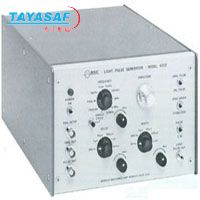

 加入对比
加入对比

